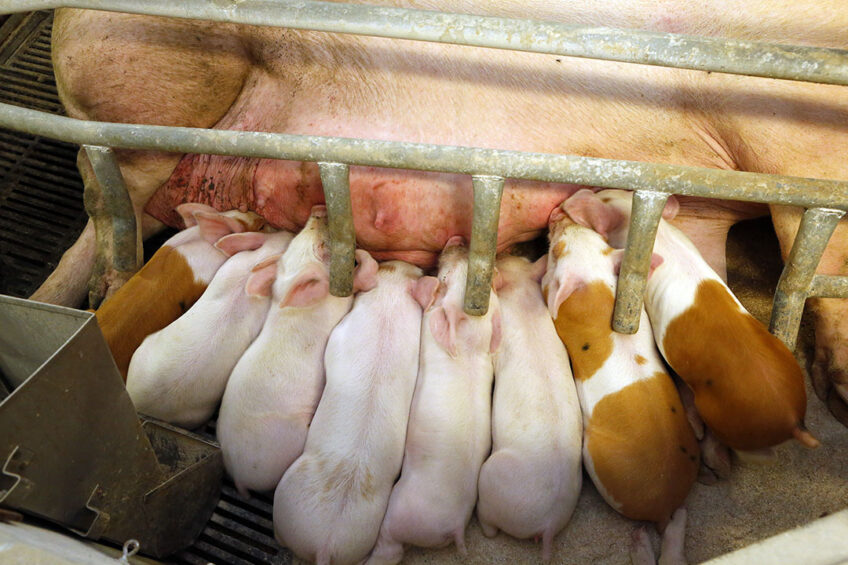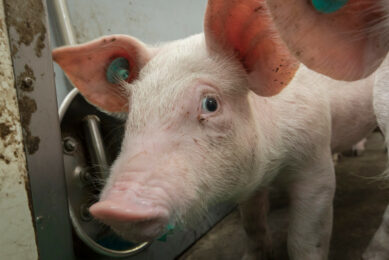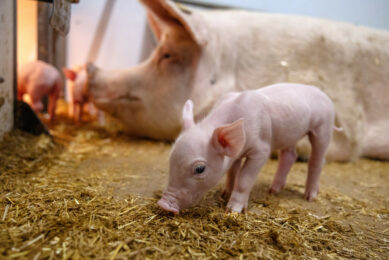New breeding goals to reduce pig mortality

Danish researchers at Aarhus University have started a new research project, called “Genetic improvement of pig survival.”
Within the framework of this project, researchers carry out genetic examinations of pig mortality in various periods from birth to slaughter. One aspect of this is to study genetic correlations to properties in the current breeding goals (growth, feed efficiency, as many live pigs as possible on day 5 after birth – also known as LG5, etc.). The goal is to investigate whether the industry is breeding for properties that may indirectly have negative consequences for pig survival. In the study, researchers will examine both the sow and the piglet’s own genetic contribution to survival, which is different from breeding for LG5.
Examining breeding for reduced mortality
The research is coordinated by the university’s Center for Quantitative Genetics and Genomics (QGG). In a news article at the Aarhus University website, the centre’s senior researcher Ole Fredslund Christensen explained, “The superior purpose of the project is to examine the possibilities of breeding for reduced mortality in a longer period than to day 5. Breeding for survival until weaning is of special relevance, but breeding for survival until slaughter is also relevant.”
The QGG was in charge of the LG5 evaluation, and in relation to this the researchers suggested that farmers should breed more directly to reduce mortality instead of achieving large litters. That might be accomplished by means of an alternative index to LG5, which includes a higher weighting of survival in relation to litter size than the implicit 1-1 weighting in LG5. The evaluation rendered it possible that this might result in a significantly higher reduction in mortality rather than breeding for LG5.
Previous initiatives to reduce the number of dead piglets in Danish pig pens have not been successful, the article explained, as piglet mortality has been observed to increase. Figures from the industry show that piglet mortality was about 23 % in 2020. That means that out of the 41.9 million piglets born in 2020, 9.7 million died.
According to Aarhus University professor Lene Juul Pedersen, Aarhus University (AU), the continuous increase in litter sizes is the culprit creating the problems.
Large litters are a result of breeding goals
Increasing litter sizes are the result of a breeding strategy, according to which breeding animals are selected based on their genetic ability to give birth to large litters. However, already in the 2000s it turned out that piglet mortality reached unacceptable levels according to the Danes – which is why the breeding goal LG5 at the time was introduced.
More studies, e.g. an independent evaluation accomplished by Aarhus University in 2018 (commissioned by the Danish Veterinary and Food Administration), demonstrated that breeding according to the LG5 goal increased litter sizes and reduced piglet mortality in breeding herds until the middle of the 2010s. Recent years, however, showed increasing mortality rates.











